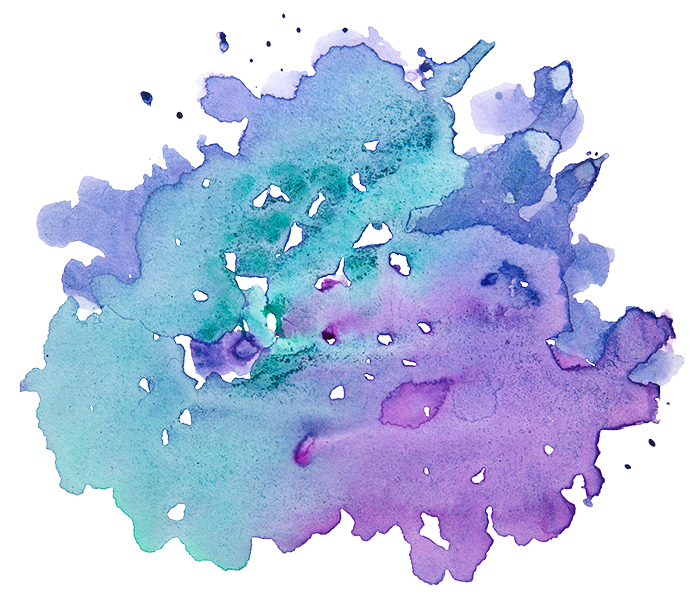By Emma Green, Jewish Educator at Boston Area Jewish Education Program
When I was a child, I spent a lot of time hanging out at my local synagogue. I grew very comfortable with most of the building while waiting for my brothers to be done with Bar Mitzvah meetings or Hebrew School, youth group events, or even when I was bored during synagogue functions. However, there was one part of the synagogue property that I never explored–the mikveh. Often after Hebrew school we would wait just outside of the synagogue doors on the steps leading up to the mikveh. We would peer into the tinted windows to try to figure out what was inside. If I squinted my eyes really hard, I could see a plastic pool chair. The other kids and I would discuss what we thought happened there. One authority in the group said that it was like a swimming pool, and that you had to go in naked, and then the rabbi would come in and bless you. Someone else would say that it was holy water. We would then all come up with our own conjectures. The mikveh was a scary place. It seemed frightening and foreign. Not even my parents knew exactly what went on in there.
Fast-forward ten years, and I am a teacher at the Boston-area Jewish Education Program (BJEP). I brought up the idea of mikveh in my sixth grade class. The kids asked the same questions I asked ten years earlier, trying to picture what a ritual bath would look like. “Do you wear a bathing suit?”, “Is the water dirty?”, “Is it cold?”, etc. They may not have had the image of a building with a large Jewish star, steps leading up to it, and tinted windows, but they definitely had their own misconceptions.
Visiting Mayyim Hayyim was a way to expel those misconceptions. Judging by the questions that the sixth graders asked at the beginning and the end of the field trip, it seems to have worked. When we first walked into the building, they seemed nervous. I was asked more than once if we were actually going to take a ritual bath (the answer was “no”).
Lisa, the educational director, had them sit and write down their questions. She then explained about the two mikvaot. She talked about how the water was heated, cleaned, and how they get the natural rain water into the mikveh every day.
Then came my favorite part of the tour. Lisa invited the children to explore the mikvaot for themselves; she told them to open every drawer or door, touch stuff, and be especially sure to feel the water. I followed a group of kids as they walked into the mikveh area, which also included several changing rooms. ”Oh,” one of them exclaimed, “it’s just a nice bathroom!,” when he peeked into a changing room. Finally, they walked into the mikveh room, discovering a clear pool with beautiful stone steps that wove their way down into it.
After letting them explore, Lisa gathered them together to discuss the experience. By the time we got to the end of the tour, the children were more relaxed. The mikveh was no longer scary.
I think the kids, teachers, and parents all got something out of the field trip. I was definitely more relaxed and more knowledgeable by the end of the presentation, and the parents seemed to be, as well. I have heard Mayyim Hayyim described as spa-like, and I must say that I agree. Hopefully, now everyone in our group does not think of a mikveh as a strange, scary place!
Emma Green is a sixth grade teacher at the Boston-Area Jewish Education Program in Waltham, MA. She is also a student at Brandeis.

